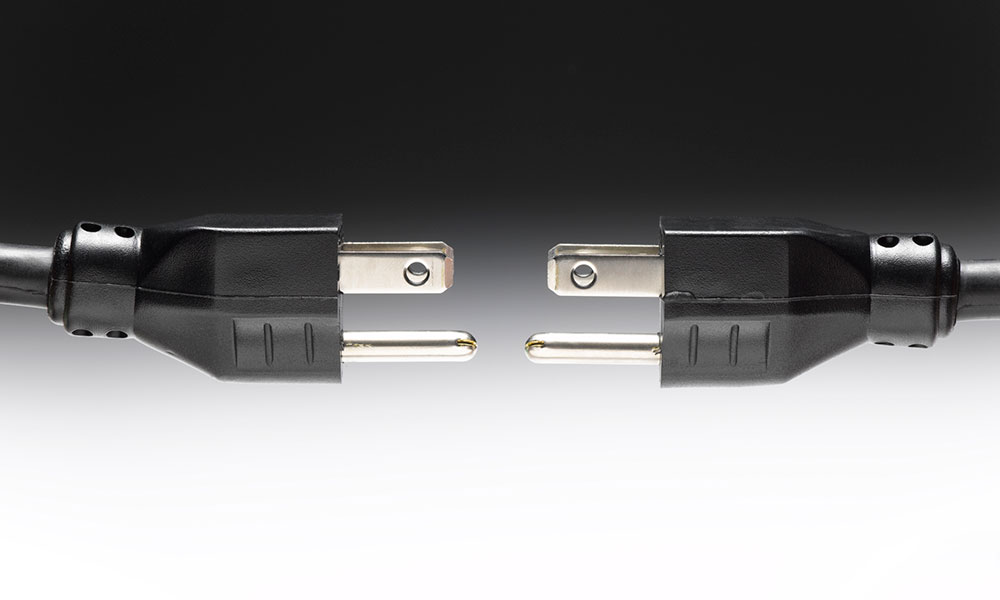
Sponsorships: What Do Meeting Organizers and Exhibitors Want?
Many association meetings wouldn't be successful without sponsors. A new study reveals what meeting sponsors and organizers are looking for from these partnerships.
Most of you already know that associations generate a lot—if not the majority—of their nondues revenue from meetings, tradeshows, and conferences.
A top priority of event organizers today is driving revenue growth, and sponsorships are seen as a top area of opportunity, while exhibitors are looking to enhance the value of sponsorships.
According to data in ASAE’s 2012 Benchmarking in Association Management report, registrations account for a median of 50 percent of meeting revenue at associations, exhibitions account for 27 percent, and sponsorships account for 17 percent. The latter was up 3 percentage points from 2005, and now a new sponsorship study released by Global Experience Specialists (GES) this week illustrates that show organizers are optimistic that sponsorship revenues will continue to grow.
In fact, the survey, which includes data from the top-250 U.S. tradeshows, top-50 Canadian tradeshows, and top-50 Healthcare Convention & Exhibitors Association medical meetings, revealed that 56 percent of organizers expect revenues to increase over the next three to four years.
“A top priority of event organizers today is driving revenue growth, and sponsorships are seen as a top area of opportunity, while exhibitors are looking to enhance the value of sponsorships,” said Vice President of GES MarketWorks and Strategy David Saef in a press release.
Even though GES surveyed organizers and exhibitors separately, the results do overlap in spots, and, even better, they provide a lot of takeaways for associations that are evaluating their current meetings sponsorship programs or considering overhauling them. Here are what I thought were three of the more interesting takeaways.
Exhibitors want to know the effectiveness of their sponsorships, but organizers usually don’t offer up, or even have, this data. The GES survey showed that exhibitors want to know the effectiveness of their sponsorship spend, but that data is hard to come by, since the survey also revealed that 82 percent of organizers do not offer sponsors a report on the effectiveness of their sponsorship.
Because of this, sponsors measure their effectiveness in other ways, including by the number of attendees who visited their booth (43 percent) or through other factors like the number of handouts distributed (23 percent).
These stats illustrate a missed opportunity to me: Perhaps if associations were proactive and offered their sponsors a report after the meeting on what worked—and even what didn’t—not only could associations better formulate their sponsorship packages in the future, but sponsors could also learn what they need to do to up their game in the years ahead and deliver something that attendees would love.
Uniqueness counts from the exhibitor perspective. Not surprising, the survey shows that 29 percent of exhibitors want their sponsorship dollars to go toward something unique for attendees. What ranks highest in uniqueness factor for them is the ability to sponsor specific areas of a meeting or conference. Two examples of this would be charging stations or new product showcases.
A good example of the latter was the introduction of the American College of Emergency Physicians’ emergency department of the future—called InnovateED—at its 2013 meeting in Seattle. This section of the exhibit hall floor, which featured cutting-edge vendor products, was an all-out success. Not only did nearly half of Scientific Assembly attendees spend time in it, but ACEP also sold about $250,000 in InnovatED sponsorships, which covered the build-out and other costs. Even better: While ACEP was just looking for InnovatED to break even, it actually made a profit in its first year.
Ranked second in uniqueness by exhibitors is the ability to sponsor various media and content around a meeting, such as a website or mobile app. What do they consider more mundane? Having their logos appears on bags, lanyards, and signs.
Unfortunately, here again there’s a disconnect between organizers and exhibitors. Signage and attendee materials are two of the most common sponsorships sold by organizers, while areas and onsite media rank much lower. If organizers offered up more opportunities their sponsors actually want, they’d likely see their sponsorship dollars grow.
Exhibitors and organizers have a similar end goal in mind. Both meeting organizers and sponsors want their relationship to extend beyond the life of the meeting.
The survey showed that 61 percent of exhibitors sponsor in order to achieve more visibility for their brand—and that visibility needs to extend beyond a two- to three-day meeting. At the end of the day, what they want is new business.
Among organizers, while 74 percent have one or two people on staff who sell sponsorships, they want to have a broader relationship with sponsors, perhaps through special sponsorship packages and longer-term buys.
With these overlapping goals in mind, it may make sense for associations to push for long-term sponsorship packages where sponsors are not only offered unique opportunities but also presented as thought leaders and experts in the industry.
What is your organization doing to meet or exceed sponsors’ expectations? Please share in the comments.
(iStock/Thinkstock)






Comments